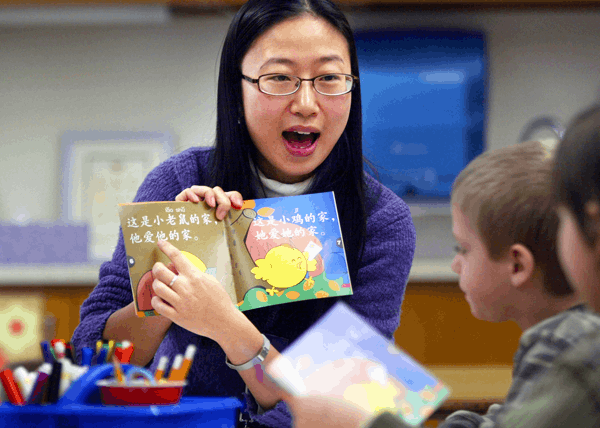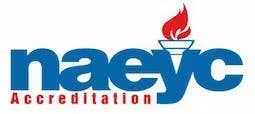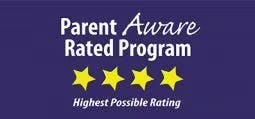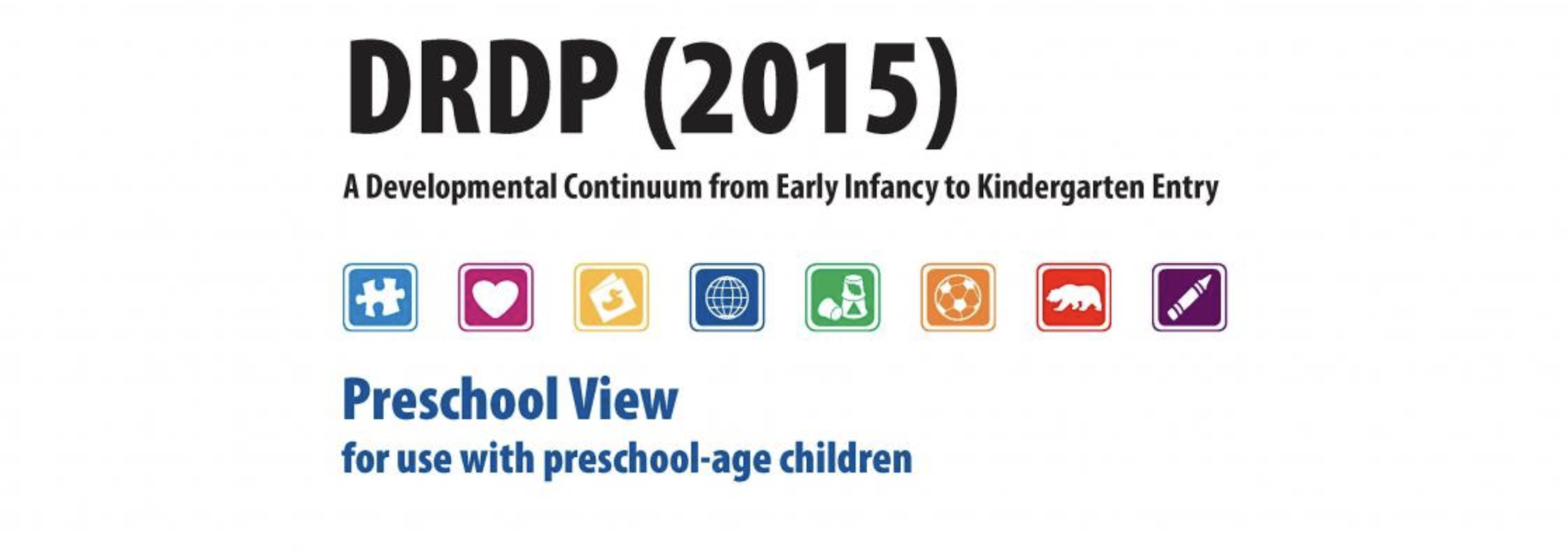Curriculum
Sleepy Tigers Chinese Immersion Learning Center daily lesson plan is based on meaningful research and studies, and faculty play a major role in developing these plans using cross-curricular, hands on, project- based learning models within the context of weekly thematic units. We use High Scope Preschool Curriculum, developed and teach content-based Mandarin immersion curriculum in core subject areas including:

Approaches to Learning
Social and Emotional Development
Physical Development and Health
Language, Literacy, and Communication
Mathematics
Creative Arts
Science and Technology
Social Studies
Our curriculum is a reliable and effective research-based curriculum that meets
State early learning standards
NAEYC developmentally appropriate practice guidelines
Adults apply intentional teaching practices by
Planning developmentally appropriate activities
Supporting and extending children’s learning
Providing materials that reflect children’s interests and home culture


Actively engaging children through direct experiences in pursuit of shared learning goals, Children’s interests and choices are at the heart of our program. By making plans and following through on their intentions, children are taking the first step in the learning process and constructing their own knowledge through interactions with the world around them.
Our curriculum integrates social- emotional learning content with other academic areas and gives children daily opportunities to practice skills such as emotional self-regulation and problem-solving. Teachers further support social development by helping children learn how to resolve interpersonal conflicts.
In our Chinese immersion program, the children will learn most of their subjects in the Mandarin Chinese, we will also spend half hour per day to teach English language literacy.
English Language Art (taught in English)
Chinese Language Art (taught in Mandarin)
Reading (taught in English and Mandarin)
Writing (taught in English and Mandarin)
STEAM (science, technology, engineering, art, math, taught in Mandarin)
Music (taught in Mandarin)
Dance (taught in Mandarin)
Physical & Health (taught in Mandarin)

Assessment
Our assessment tool Desired Result Developmental Profile (DRDP 2015) is a formative assessment instrument developed by the California Department of Education for young children and their families used to inform instruction and program development.
There are three key features: (1) consideration of young children who are dual language learners, (2) universal design and adaptations for children with IFSPs and IEPs, and (3) a detailed description of the developmental domains that make up the instrument, are described in more detail to help teachers and service providers better understand and rate the measures of the DRDP (2015) .
Dual language learners are children learning two or more languages at the same time, as well as those children learning a second language while continuing to develop their first (or home) language. A child’s experience with one or more languages is an asset to build on in the early childhood setting. It is critical to consider the child’s communication in all the languages that he or she is learning in order to have an accurate picture of a child’s knowledge and skills Young children, including children with disabilities, can successfully learn two or more languages. Learning two or more languages has linguistic, social, cognitive, academic, and cultural benefits. The path to learning one language shares many similarities with the path to learning two or more languages There are also differences that must be taken into consideration when assessing young children who are dual language learners. Children may have vocabulary for concepts in one language and vocabulary for other concepts in another language. So it is important to assess children in all of the languages he or she understands and uses The DRDP (2015) addresses cultural and linguistic responsiveness in two primary ways:
Teachers and service providers observe and document children’s behavior in both the home language and English to obtain a more accurate profile of the children’s knowledge and skills across developmental domains.
Teachers and service providers rate children’s progress on two language development domains. The Language and Literacy Development (LLD) domain assesses all children’s progress in developing foundational language and literacy skills, where ratings should be based on skills in all languages. The English-Language Development (ELD) domain assesses current knowledge and skills and progress in learning to communicate in English.
Authentic Observation method is used daily by teachers to assess children’s development level:
Approaches to Learning –Self- Regulation
Social and Emotional Development
Language and Literacy Development
English Language Development
Cognition, Including Math and Science
Physical Development–Health
History– Social Science
Visual and Performing Arts
In the context of assessment, “Universal Design” refers to the development of assessments that are appropriate for all children to the greatest extent possible. Universal Design allows children the opportunity to demonstrate their knowledge and skills in a variety of ways. All young children are entitled access to, and meaningful participation in, age- appropriate, individually-appropriate and culturally-appropriate early childhood curricula and assessments. Teachers and service providers support children’s access and participation by identifying, and providing learning opportunities, materials, and teaching strategies in flexible and individualized ways, and through a variety of learning modalities. DRDP (2015) assessors apply universal design when they carefully consider the various ways young children can demonstrate knowledge or skills that reflect mastery of a developmental level.
Summer School
In the summer, school age children will work in small groups, learn Chinese language and culture with activities, songs, dance, storytelling, arts, calligraphy, crafts, outdoor play, and fun games. We use project / task-based language teaching method, students will learn and practice Mandarin Chinese through meaningful activities and tasks.
